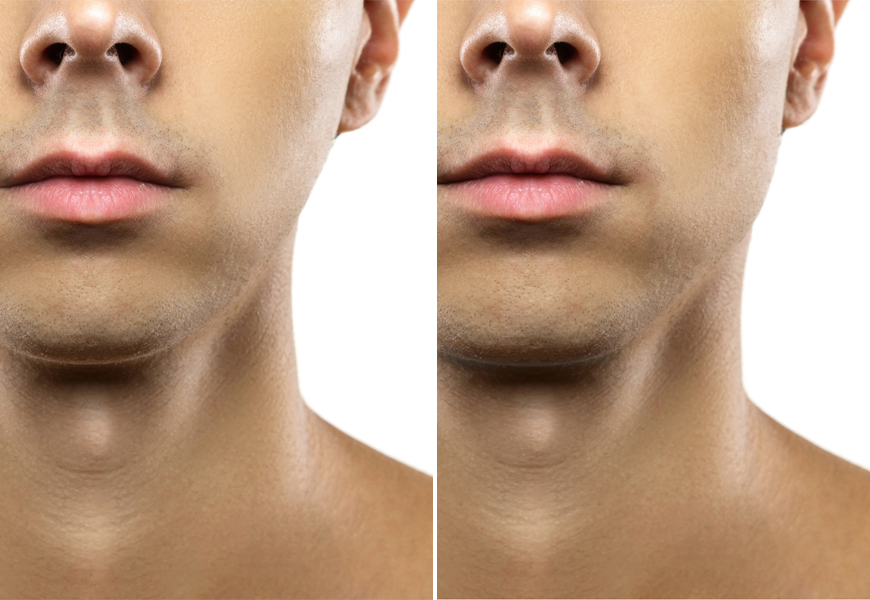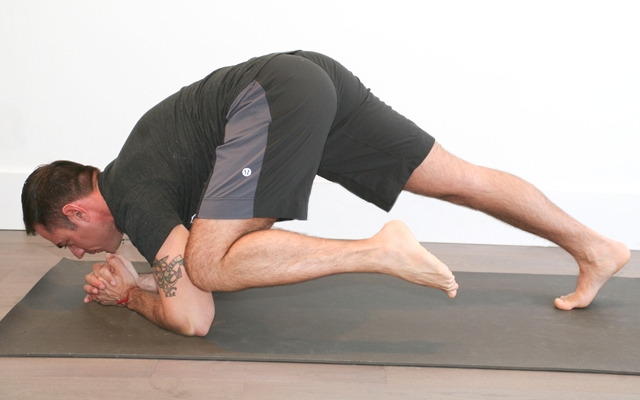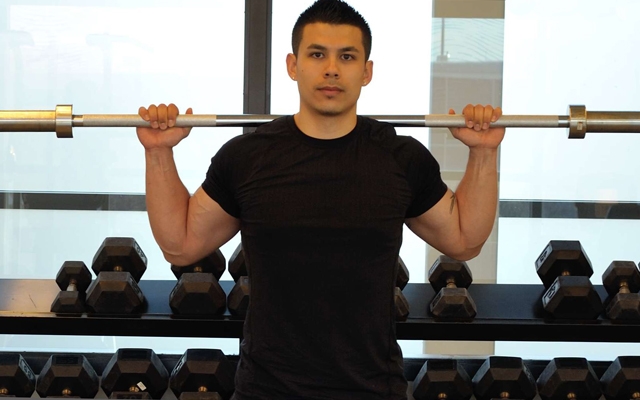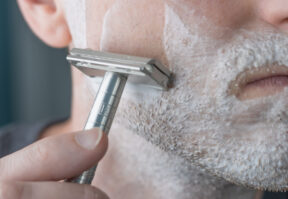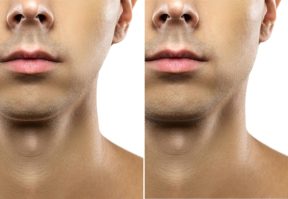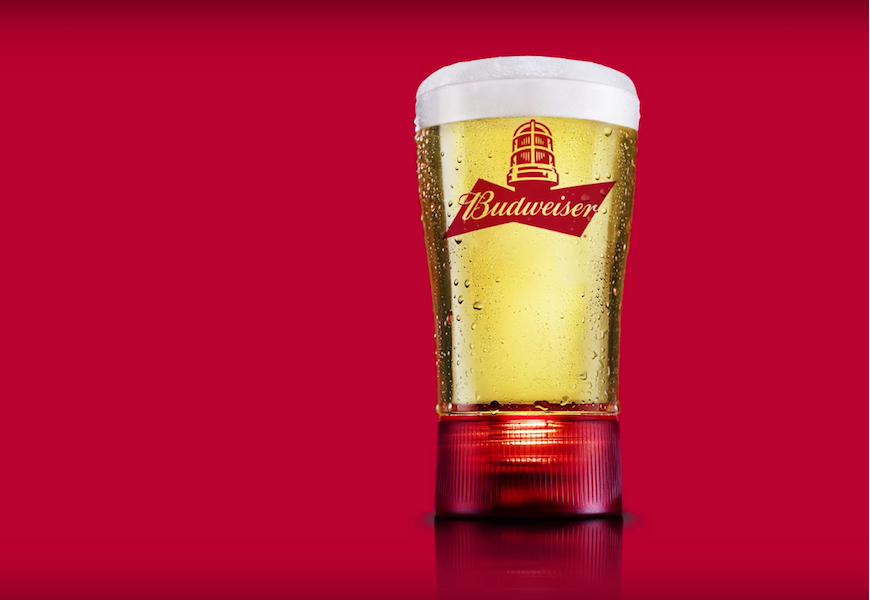Thumbpulling is believed to expand the maxilla by applying upward and outward pressure, encouraging bone remodelling through mechanical loading…
In the ever-evolving world of facial aesthetics and natural orthodontics, thumbpulling has emerged as one of the more intriguing—and controversial—techniques on social media. Advocates, predominately on TikTok are claiming that by using your own thumbs to apply pressure inside the mouth, you can stimulate subtle changes in the maxilla (upper jaw), potentially enhancing your facial structure. But does thumbpulling really work, and is it safe?
The origins behind thumbpulling
Thumbpulling finds its roots in the broader field of orthotropics—a discipline focused on optimizing facial development through natural or minimally invasive methods. Much like mewing (which emphasizes proper tongue posture to influence jaw alignment), thumbpulling aims to harness the body’s innate ability to remodel bone through mechanical pressure. This DIY technique has gained traction in online communities, where individuals share their personal journeys and results alongside tips and cautions.
The mechanics of thumbpulling
At its core, thumbpulling is about applying gentle, sustained pressure to the palate. The idea is that, much like the controlled forces used in orthodontic treatments, this pressure can encourage the maxilla to widen over time. Proponents argue that this mechanical loading promotes bone remodelling—a process that, when properly harnessed, might help align facial features and improve airway function.
However, unlike professionally designed orthodontic appliances that deliver consistent force over long periods, thumbpulling is self-administered. This raises questions about the reliability and precision of the technique. Critics point out that the pressure applied by one’s thumb is intermittent and hard to control, potentially limiting its effectiveness.
How is thumbpulling practiced?
For those curious about trying thumbpulling, the method is straightforward in theory. Users typically insert their thumb into the mouth, positioning it against the upper palate, and apply an outward and upward pressure for a set period—often ranging from 10 to 60 minutes a day. Many enthusiasts report incorporating it as an adjunct to mewing, aiming to address specific concerns such as a narrow palate or insufficient maxillary expansion.
Yet, as with many self-guided techniques, the key word is “personal”—what works for one individual may not work for another. Anecdotal accounts range from mild improvements in jawline definition to cautionary tales of discomfort and potential overuse.
Controversies and safety considerations
Thumbpulling, while low-cost and accessible, isn’t without its detractors. Many experts in orthodontics remain skeptical, arguing that the forces generated by thumbpulling are unlikely to match the sustained pressure delivered by conventional devices. There are also concerns about the potential for unintended consequences, such as dental misalignment or undue stress on oral tissues. Users are urged to proceed with caution and to consider professional guidance before embarking on any self-administered regimen.
Furthermore, as with many trends emerging from online forums, the evidence supporting thumbpulling remains largely anecdotal. The lack of robust scientific studies means that both the benefits and the risks are still up for debate.
Thumbpulling vs. Mewing: A comparative glance
For many in the facial aesthetics community, thumbpulling is viewed as a complementary technique to mewing. While mewing focuses on maintaining optimal tongue posture to naturally shape the palate, thumbpulling attempts to directly manipulate the bone structure through external pressure. The two approaches share a common goal—enhancing facial symmetry and function—but they differ in method and, potentially, in outcome. The ongoing debate between proponents and skeptics of each method underscores the need for more research and a cautious approach for those eager to experiment.
Final thoughts
Thumbpulling remains a fascinating yet experimental technique at the intersection of self-improvement and natural orthodontics. Its promise of a non-invasive method to enhance facial structure is enticing, but the current body of evidence is mixed at best. If you’re considering thumbpulling, it might be wise to view it as a supplementary practice—one that should be approached with care and a healthy dose of skepticism. As with any emerging trend, the key lies in balancing innovation with safety, and keeping an eye on future research that might one day offer definitive answers.
For now, thumbpulling stands as a testament to the ever-evolving ways people seek to redefine beauty and function—one thumb at a time.

